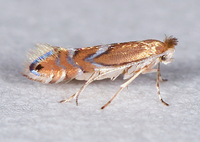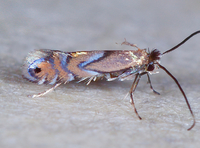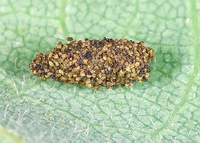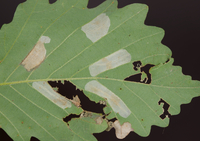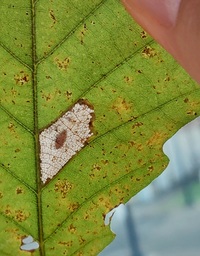
| Recorded by: Mark Basinger and Jim Petranka on 2025-10-17
Madison Co.
Comment: | 
| Recorded by: Mark Basinger and Jim Petranka on 2025-10-17
Madison Co.
Comment: |
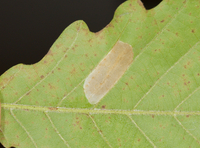
| Recorded by: Jim Petranka and Becky Elkin on 2025-10-11
Madison Co.
Comment: | 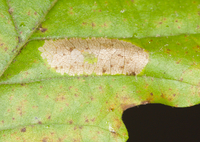
| Recorded by: Jim Petranka and Becky Elkin on 2025-10-11
Madison Co.
Comment: |
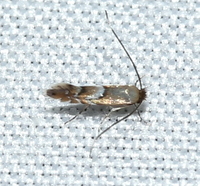
| Recorded by: David George, Jeff Niznik, Stephen Dunn on 2024-06-29
Chatham Co.
Comment: | 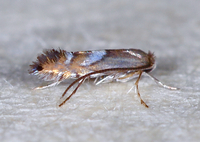
| Recorded by: Jim Petranka on 2023-09-10
Madison Co.
Comment: |
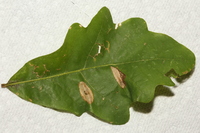
| Recorded by: David George, Stephen Dunn on 2023-08-12
Caswell Co.
Comment: | 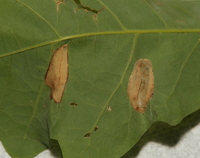
| Recorded by: David George, Stephen Dunn on 2023-08-12
Caswell Co.
Comment: |
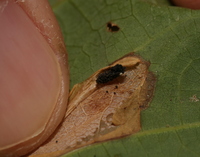
| Recorded by: David George, Stephen Dunn on 2023-08-12
Caswell Co.
Comment: | 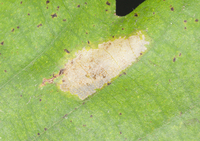
| Recorded by: Jim Petranka and Becky Elkin on 2022-10-06
Burke Co.
Comment: |
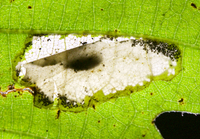
| Recorded by: Jim Petranka and Becky Elkin on 2022-10-06
Burke Co.
Comment: | 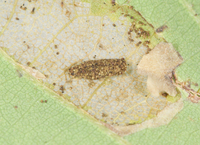
| Recorded by: Jim Petranka and Becky Elkin on 2022-10-06
Burke Co.
Comment: |

| Recorded by: Jim Petranka and Becky Elkin on 2022-10-04
Transylvania Co.
Comment: | 
| Recorded by: Jim Petranka and Becky Elkin on 2022-10-04
Transylvania Co.
Comment: |

| Recorded by: Jim Petranka and Becky Elkin on 2022-10-04
Transylvania Co.
Comment: | 
| Recorded by: Jim Petranka on 2022-06-29
Buncombe Co.
Comment: |
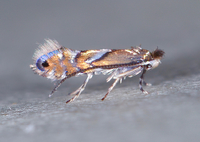
| Recorded by: Jim Petranka on 2022-06-29
Buncombe Co.
Comment: | 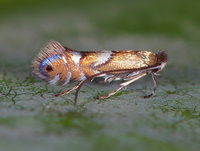
| Recorded by: Jim Petranka on 2022-06-27
Buncombe Co.
Comment: An adult that was reared from White Oak; mine on 23 June; adult on 27 June, 2022. |
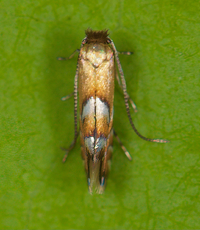
| Recorded by: Jim Petranka on 2022-06-27
Buncombe Co.
Comment: An adult that was reared from White Oak; mine on 23 June; adult on 27 June, 2022. | 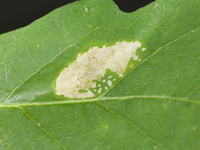
| Recorded by: Jim Petranka on 2022-06-23
Buncombe Co.
Comment: Occupied mine was on White Oak. |
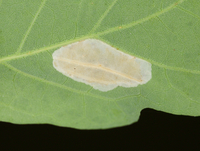
| Recorded by: Jim Petranka on 2022-06-23
Buncombe Co.
Comment: A view of the lower leaf surface; occupied mine was on White Oak. | 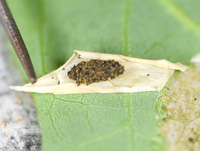
| Recorded by: Jim Petranka on 2022-06-23
Buncombe Co.
Comment: A pupal case that was constructed of frass and silk. |

| Recorded by: Jim Petranka on 2022-06-23
Buncombe Co.
Comment: Mine was on White Oak on June 23; adult emerged on June 27 (see companion photo). | 
| Recorded by: Jim Petranka on 2022-06-23
Buncombe Co.
Comment: Mine on lower leaf surface of White Oak on June 23; adult emerged on June 27 (see companion photo). |
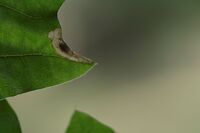
| Recorded by: Tracy S. Feldman on 2022-05-23
Durham Co.
Comment: | 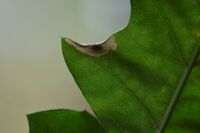
| Recorded by: Tracy S. Feldman on 2022-05-23
Durham Co.
Comment: |

| Recorded by: Tracy S. Feldman on 2022-05-23
Durham Co.
Comment: | 
| Recorded by: tom ward on 2022-05-13
Buncombe Co.
Comment: |

| Recorded by: tom ward on 2022-04-22
Buncombe Co.
Comment: | 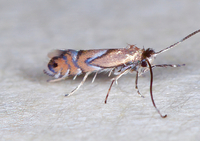
| Recorded by: Jim Petranka on 2022-03-13
Henderson Co.
Comment: A reared adult from Chestnut Oak. |
|

 »
»